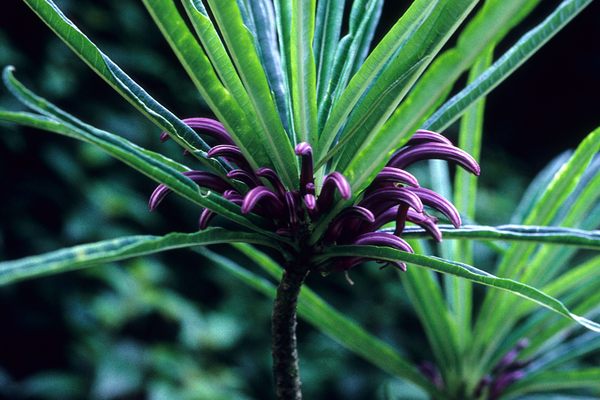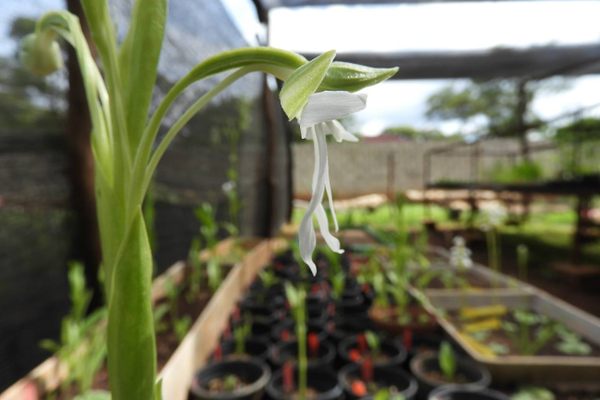Minnesota Wants to Pay You to Care About Bees
Won’t you please spare a thought (and some lawn space) for the rusty patched bumblebee?

The rusty patched bumblebee is in a pickle. Over the past few decades, according to the U.S. Fish and Wildlife Service (FWS), the population of the chunky, fuzzy species has fallen by nearly 90 percent. Bombus affinis once buzzed around 28 states, plus D.C. and two provinces of Canada, but by 2017, the FWS reported that there were only “small, scattered populations” in 13 states and a single province. Some of these clusters are fairly sizable—including ones around Minnesota’s Twin Cities, in particular—but the agency noted that other populations “are so small that it is unclear whether they still exist.” The FWS attributed the bee’s unsteady state to a combination of dwindling grassland habitats, disease, and pesticides, and that same year, B. affinis became the first bumblebee listed under the Endangered Species Act.
Things are starting to look a little less doomy and gloomy for the rust-colored insect. In the Midwest, at least, last year’s observations “were encouraging,” says Tamara Smith, a biologist at the FWS’s Twin Cities field office. The bee was spotted in larger groups than in recent years, and sometimes seen in places where it hadn’t been noticed before. Now, as of May 2019, Minnesota is doing more to boost its ranks.
Officials recently crowned the little creature with the warm-and-fuzzy title of “state bee,” and put financial muscle behind efforts to buoy it. The state budget bills freshly signed by Governor Tim Walz include $900,000 earmarked for bee-friendly spaces. From that coffer, the government will foot the bill for some residents who are game to sow a meadow of plants handpicked to enchant bees.

Plenty of experts are already waging campaigns against patches of uninterrupted and highly manicured grass. These swaths aren’t particularly enticing to bees and other pollinators—plus, they’re fussy. Lawns demand to be mowed and fertilized, and they’re thirsty, hankering for regular soakings even when a community is in the midst of a drought and urged to use as little water as possible. Instead, some apian enthusiasts champion yards brimming with small flowers, trees, and shrubs. In the Midwest, the FWS service encourages people to plant anemones and wild lupine, bee balm and purple prairie clover, and goldenrod and New England aster for a smattering of blooms that will welcome pollinators throughout spring, summer, and fall.
Under the funding program, the state will reimburse homeowners for 75 to 90 percent of the cost of installing bee-friendly gardens, according to the Star Tribune—but the paper reports that the state Board of Water and Soil Resources, which will administer the initiative, is still hashing out specifics about how to apply and what fits the bill. State Representative Kelly Morrison told the Star Tribune that she hopes that project will be up and running by spring 2020. When it’s a go, “we think that abundant and diverse floral resources will translate to larger and healthier rusty patched bumblebee colonies,” Smith says. And the landscape will look pretty, to boot.














Follow us on Twitter to get the latest on the world's hidden wonders.
Like us on Facebook to get the latest on the world's hidden wonders.
Follow us on Twitter Like us on Facebook